PAINTING: Working with Monochrome and Being More Gestural
Posted: March 15, 2014 Filed under: Documentation, Field | Tags: Art, Art Student, artist, Black and White, Brush, city loneliness, colour, experiments, Fine Art, gestural, lonely, monochrome, monochrome paintings, painting, Paintings, palette knife, singled out, surrounded by others but alone, tones of grey, white silhouettes 6 CommentsAfter attending a tutorial on Monday, I was glad that the tutor gave me some direction and new ideas and techniques to work with. After looking at my work, she suggested that I work with Monochrome and use the tones of grey to enhance the feeling of loneliness and make the individual coloured figure appear even more singled out and alone.
She also felt that my work was not really gelling as a whole and that I was working with three different realities and had to express the relationship between the figures, the single figure and the architecture. She said she thought the detailed buildings that were included in my work detracted from the figures and from the message within the pieces. She suggested that I experiment with contrasting colours, monochrome and full colour as well as contrasting languages, the gestural and the more realistic. I was encouraged to make marks and shapes that represent the buildings and to make them more gestural rather than focusing on every detail, window or door etc. I have experimented with making less detailed marks to create the city landscape with both brush and palette knife.
I feel that working with a palette knife definitely helped me be less controlled and more gestural but doesn’t really gel with the figures painted with a brush and therefore is unsuccessful so I have experimented with more gestural brush work.
I think this is far more successful and the monochrome definitely heightens the feeling of loneliness and the colours of the lone figure. After producing this piece, I decided to experiment with how much of the surrounding is seen within the painting, because even though the technique is successful, I feel that the buildings still are overwhelming the figures here.
This definitely puts emphasis on the lone figure and draws the viewer to wonder why they are the only one not painted as a white silhouette and consider their loneliness rather than being distracted by the buildings in the piece. These are highly valid experiments and have inspired me to create a final piece working with monochrome rather than the sepia alternative I have worked with previously. I feel this colour palette and deeper contrast portrays a more negative vibe and adds to the feeling of loneliness within the work.
Key Artwork: The Policeman’s daughter – Paula Rego 1987
Posted: November 6, 2013 Filed under: Contextualisation, Subject | Tags: animals in art, Art, art world, artist, cats, cats in art, Enzo Cucchi, Fine Art, Georg Baselitz, Gerhard Richter, gestural, Henry Darger, Key Artwork, Leda and the Swan, painting, Paula Rego, Rego Leave a commentAt the time Rego began her painting, there were almost no female painters in the public eye. Painting was very gestural at this time. Artists like Enzo Cucchi, Anselm Keifer an Gerhard Richter were included in this gestural phase of art. The Art world was difficult for women and they were not taken seriously as artists. George Baselitz says “no women can actually paint”. Rego was strongly against Baselitz ideas and in 1983, stated “Life is full of men making a grand gesture and falling on their arse.”
Rego’s husband died around the time of her 1988 Exhibition, she no longer cared what people thought about her work. Her style completely changed and so “The Policeman’s Daughter” was one of the pieces that was born out of this. She was interested in precise ambivalence, toppling hierarchy’s and she opposed heroic and expressionistic works. Her work isn’t ‘high art’ – it’s inspired by things like book illustration which was difficult as illustrative artwork was quite frowned upon at this time. Rego includes many small animals within her work and favoured cats. Cats have been viewed as a women’s ‘accomplice’ for years. Small animals and objects have been a reference to the reversal of power structure. She was also highly interested in the work of Henry Darger, especially his Vivian girls and started including the imagery of pubescent girls within her own artwork.
Much of Paula Rego’s work was in response to things she has seen or existing artworks. For example, Regos “Soldiers Daughter 1987” and the plucking of the swan is a reference to “Veronese Leda and the Swan” where a swan is portrayed to be having sex with a woman. The Idea of power and time passed are important elements of her work.
We can question the balances of power in a lot of Regos paintings about close family relationships and also see the recurring idea of time passing and narrative. The Idea of power and time passed are important elements of her work. In ‘The Policeman’s Daughter’ (1987). We see the daughter has a feline accomplice and is polishing boots and not looking particularly happy about doing it. Is she dutifully cleaning her father’s boots? that is up to the viewer to decided on their own narrative of her work. Paula Rego’s drawing has become just as important as her painting and sculpture more recently.
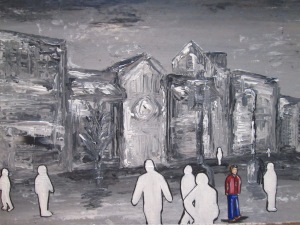
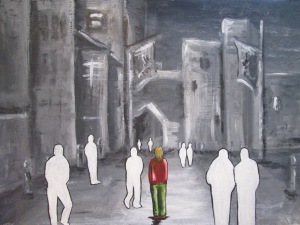
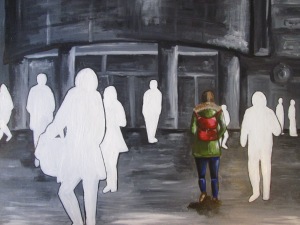





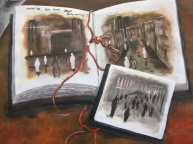

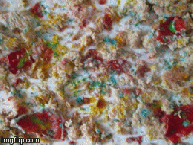
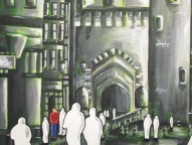


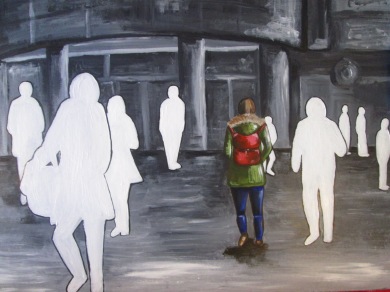
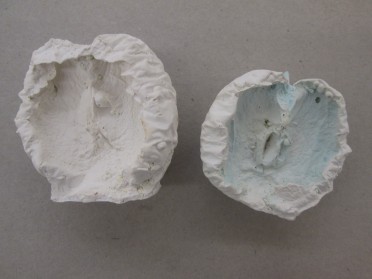







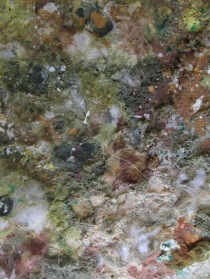
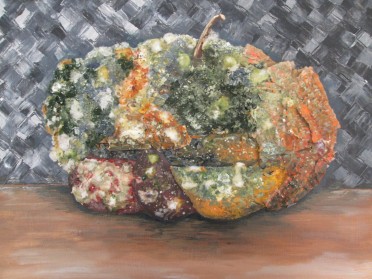
Recent Comments